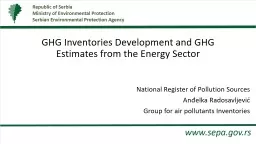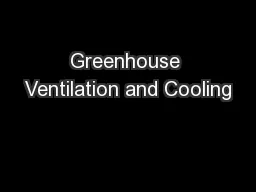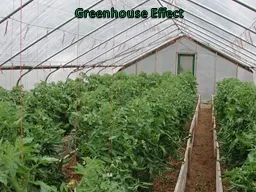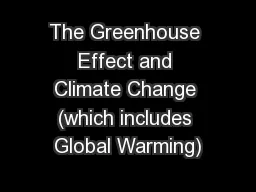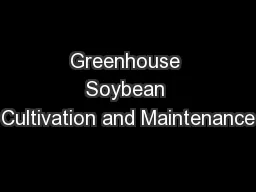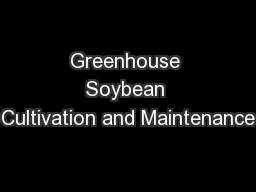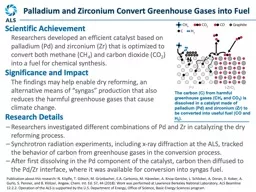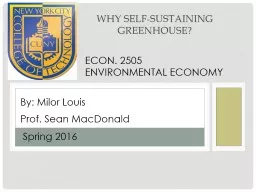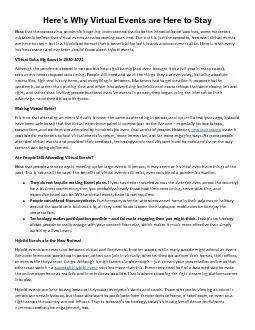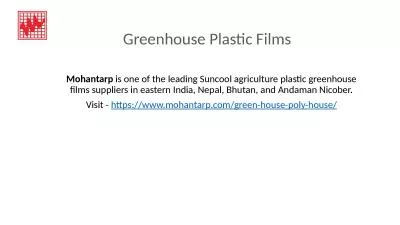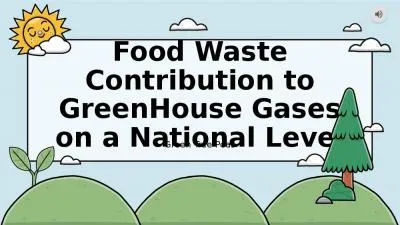PPT-Virtual Technical Training on updating the national Greenhouse gas
Author : danya | Published Date : 2021-01-27
inventories for the waste sector Republic of Serbia Ministry of Environmental Protection Serbian Environmental Protection Agency Serbia December 2 nd 20 20 Waste
Presentation Embed Code
Download Presentation
Download Presentation The PPT/PDF document "Virtual Technical Training on updating t..." is the property of its rightful owner. Permission is granted to download and print the materials on this website for personal, non-commercial use only, and to display it on your personal computer provided you do not modify the materials and that you retain all copyright notices contained in the materials. By downloading content from our website, you accept the terms of this agreement.
Virtual Technical Training on updating the national Greenhouse gas: Transcript
Download Rules Of Document
"Virtual Technical Training on updating the national Greenhouse gas"The content belongs to its owner. You may download and print it for personal use, without modification, and keep all copyright notices. By downloading, you agree to these terms.
Related Documents

